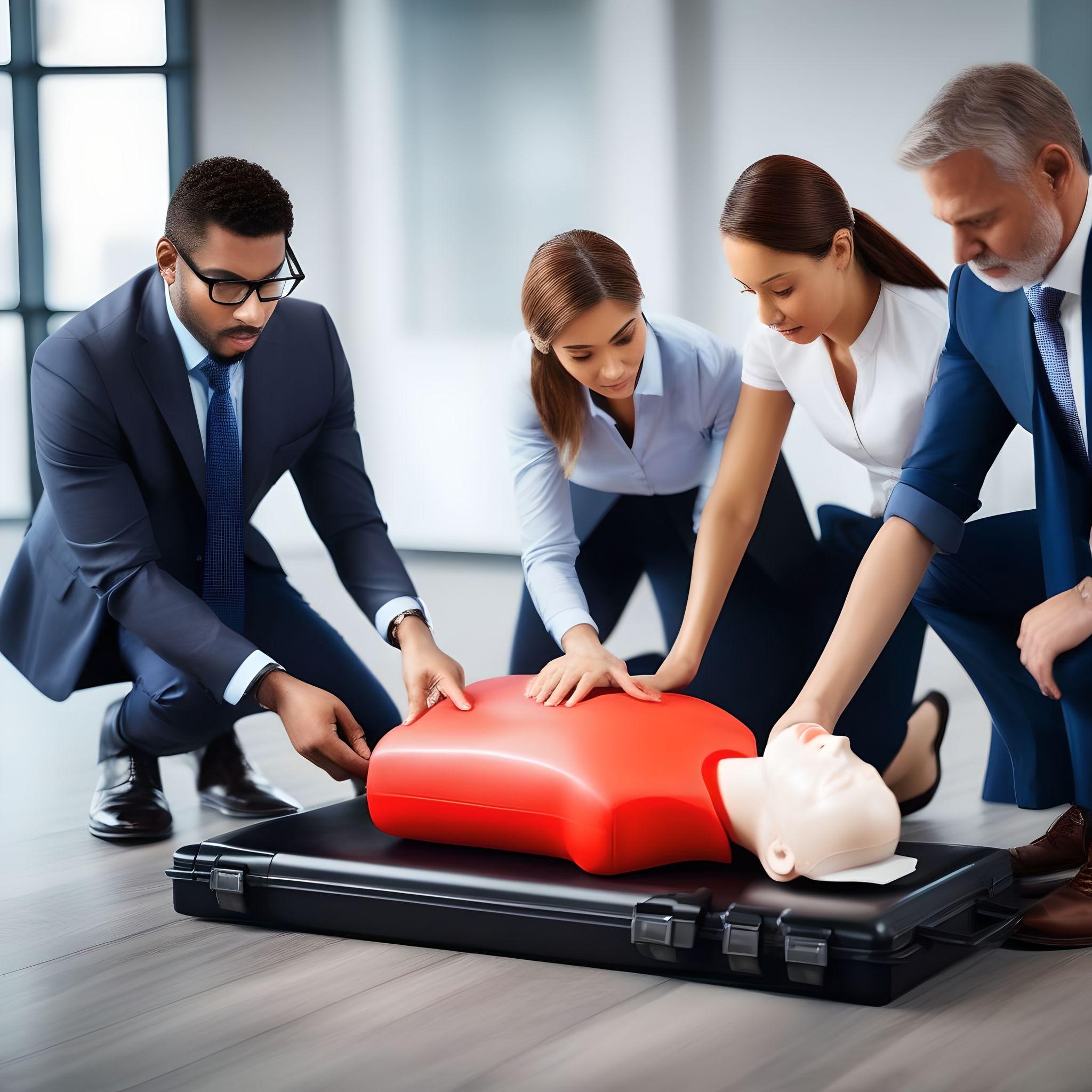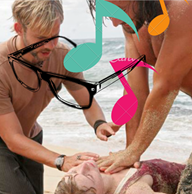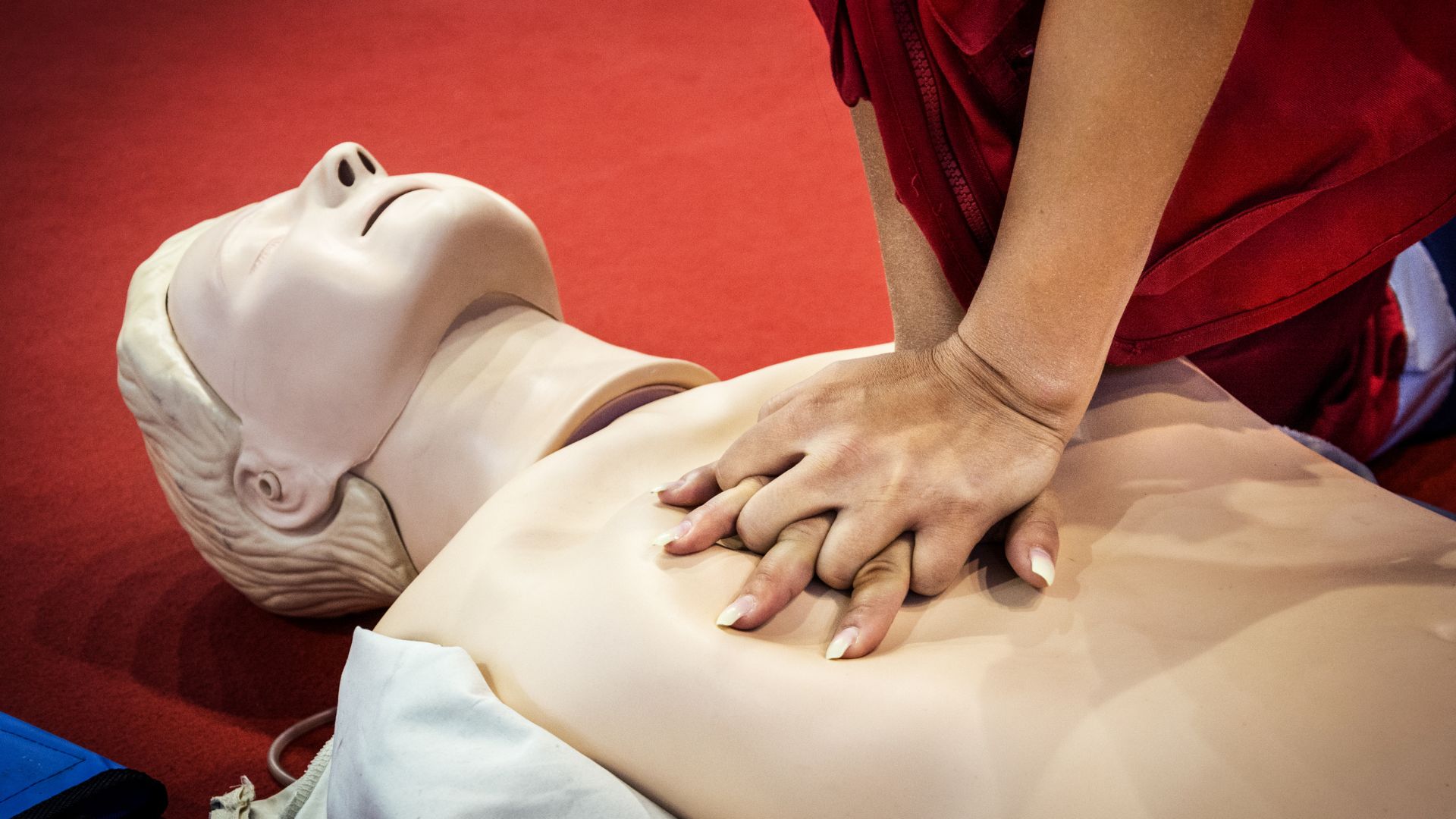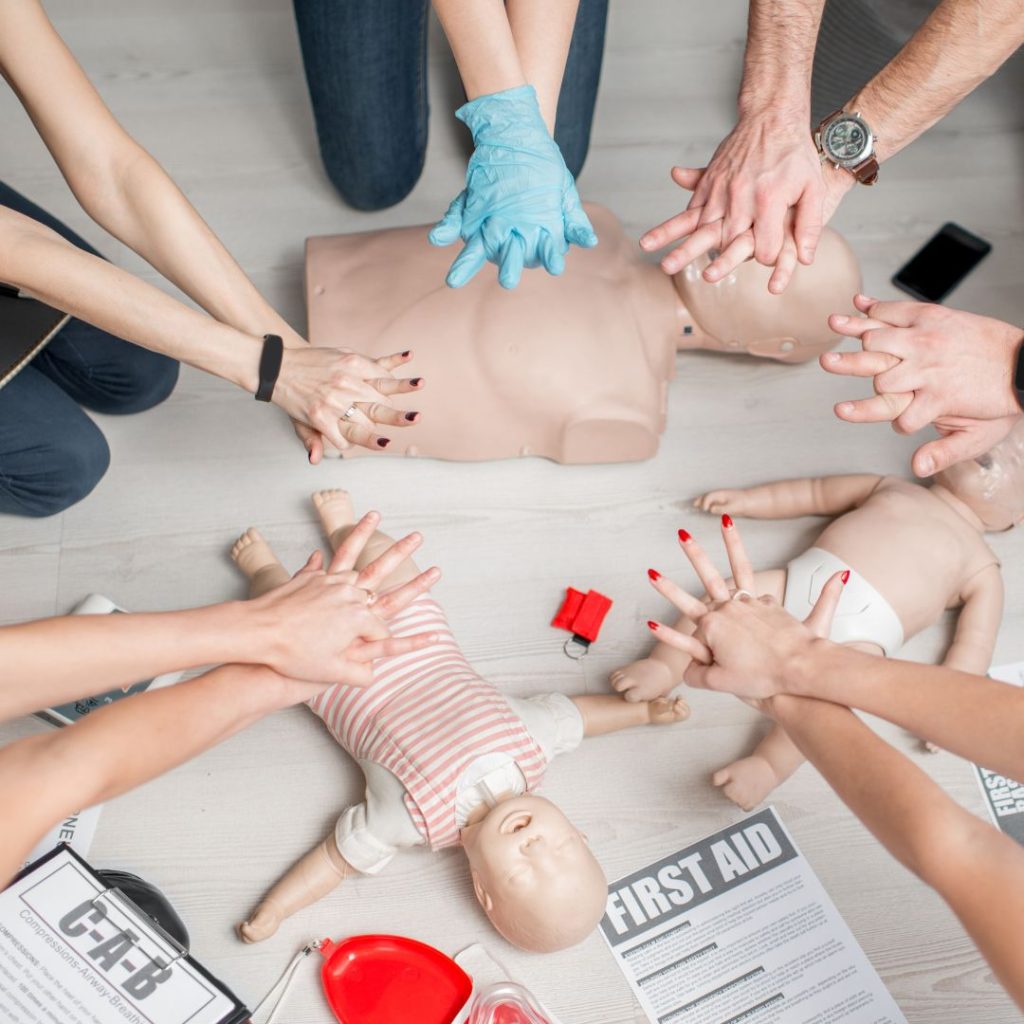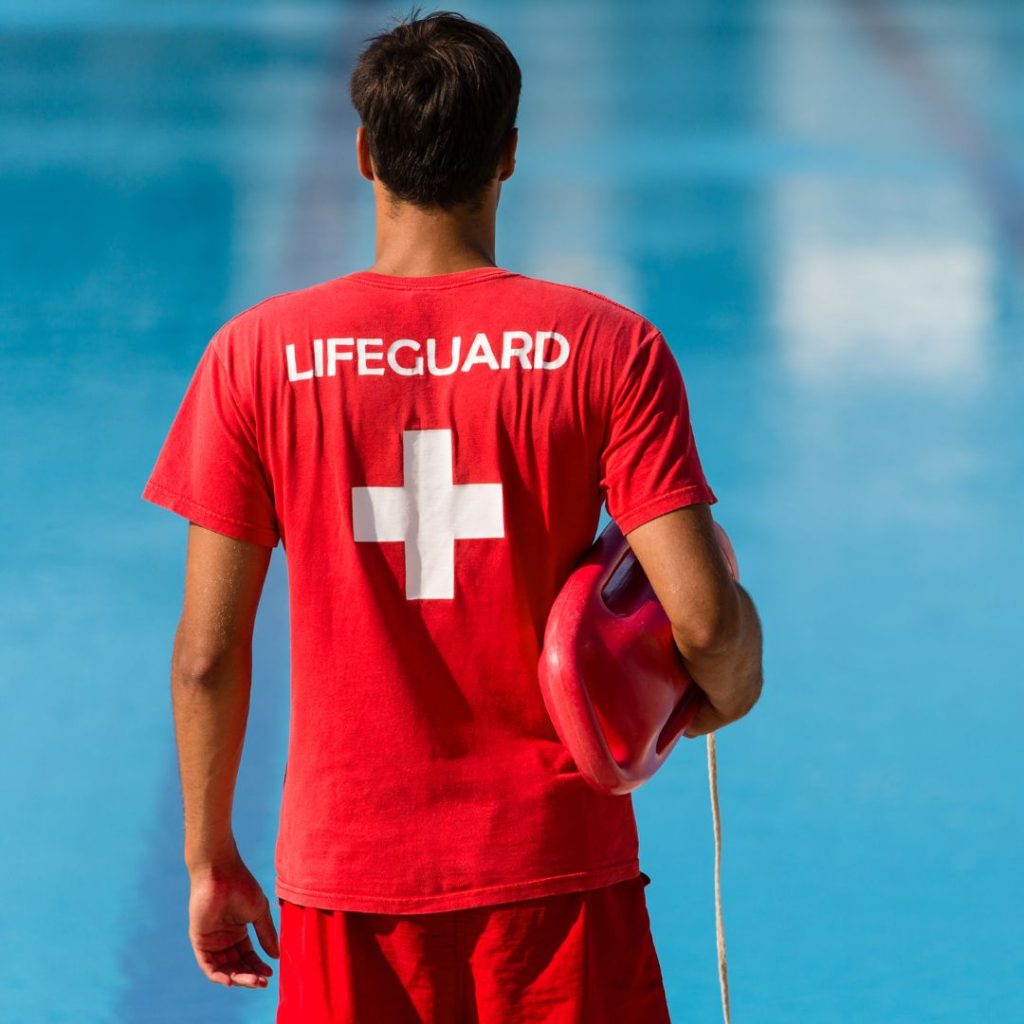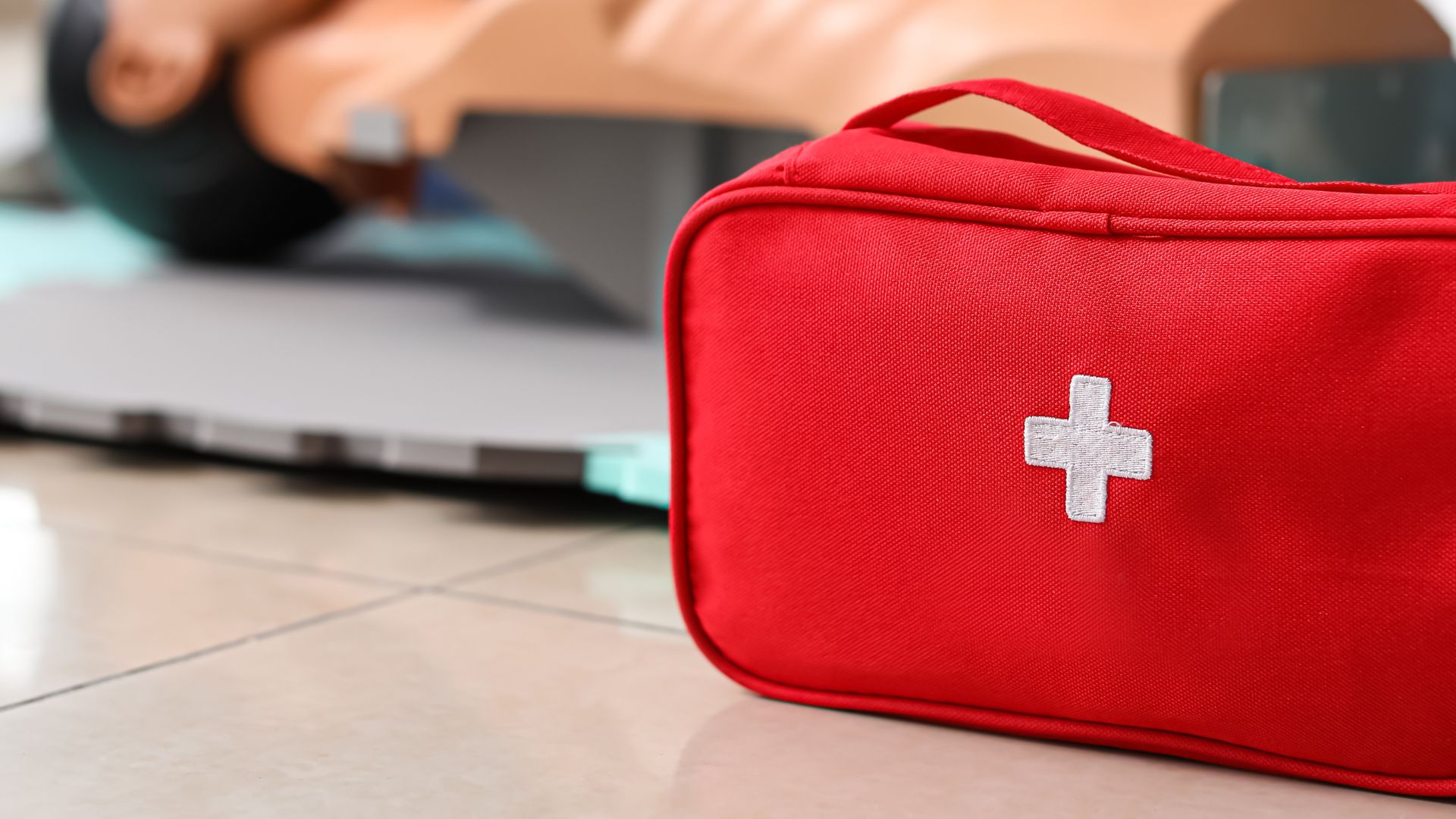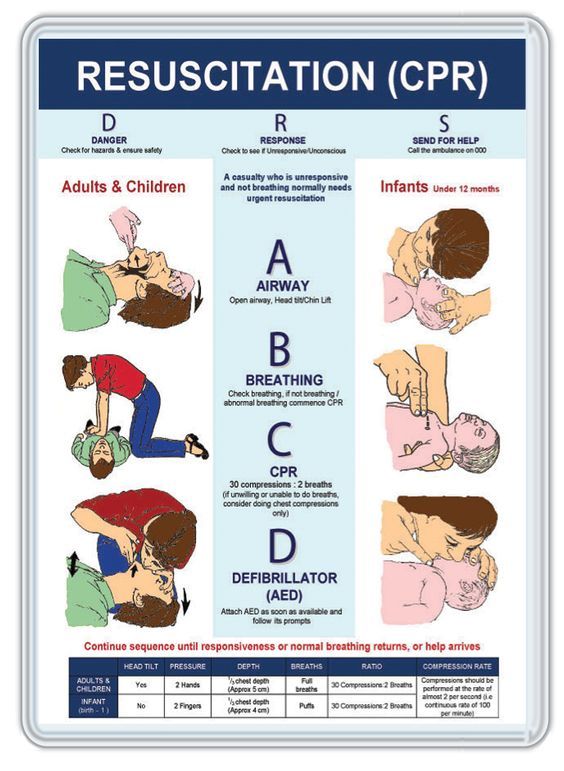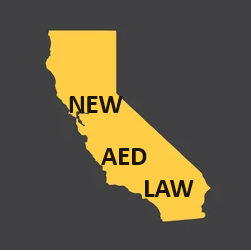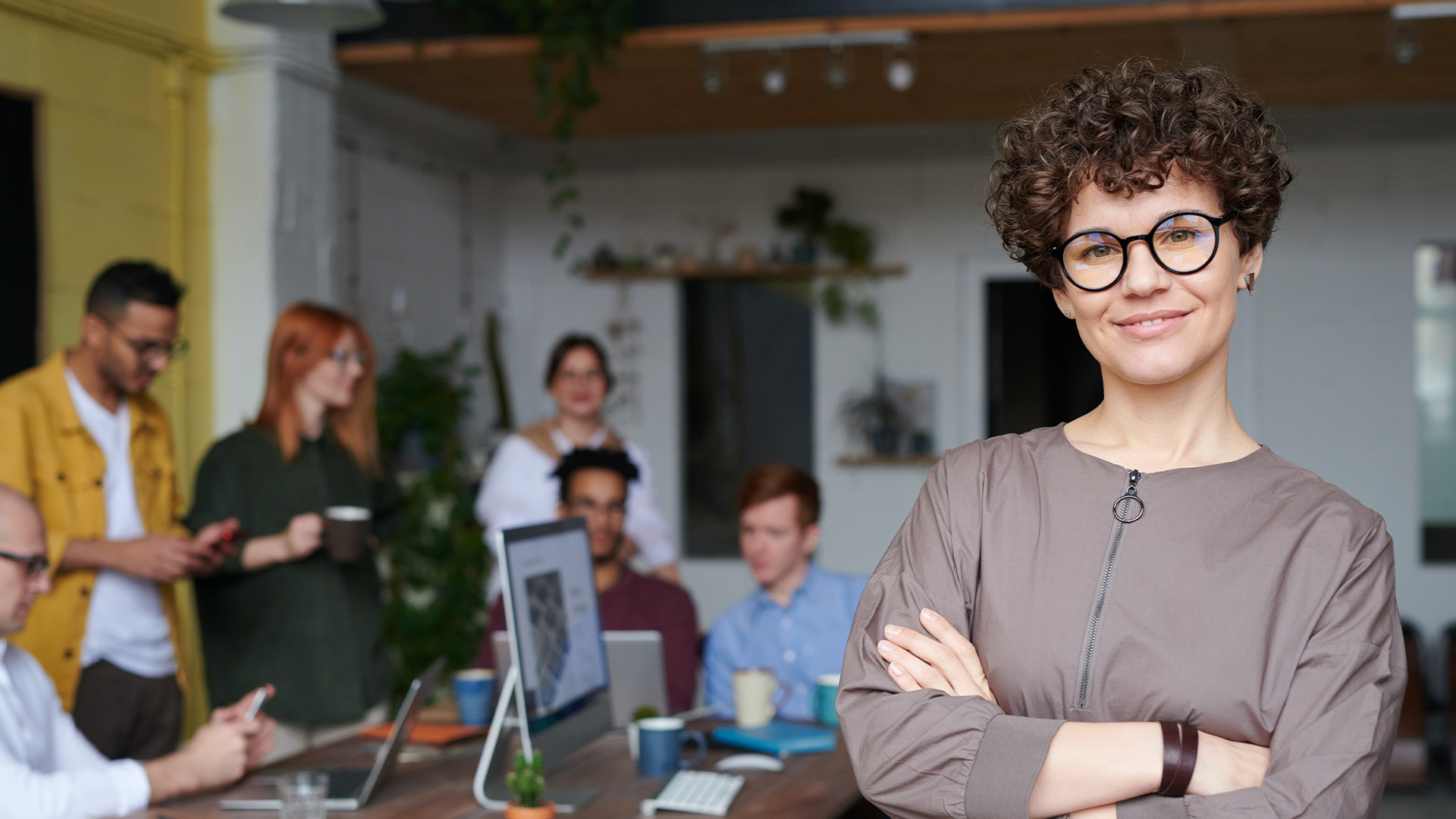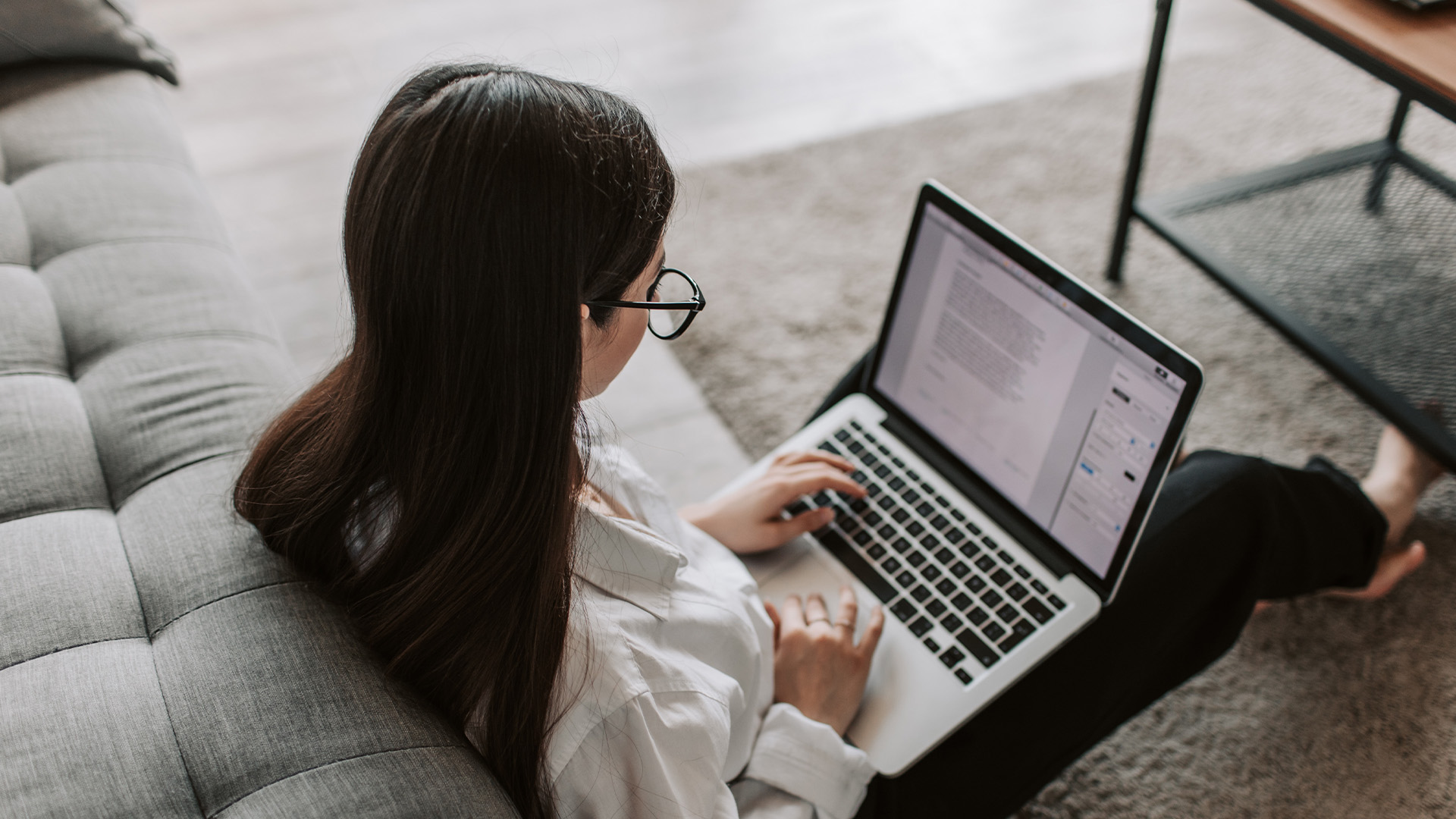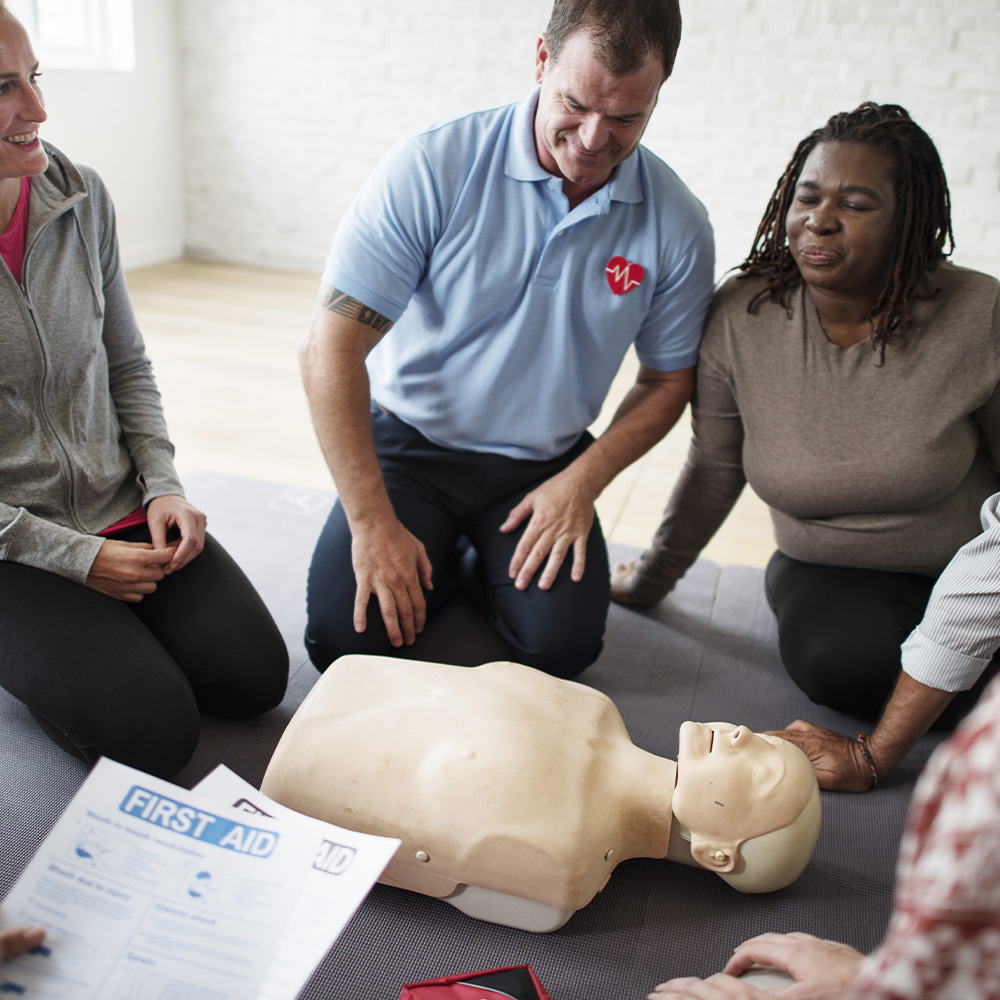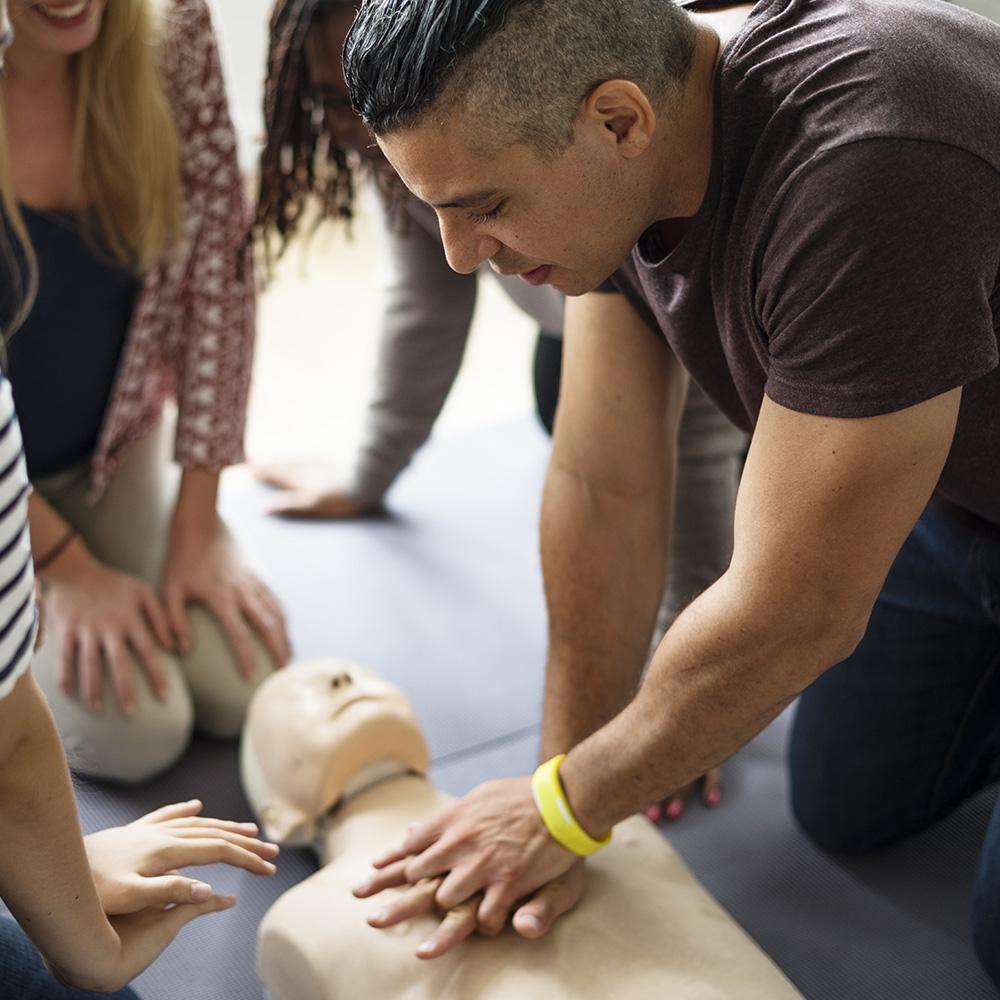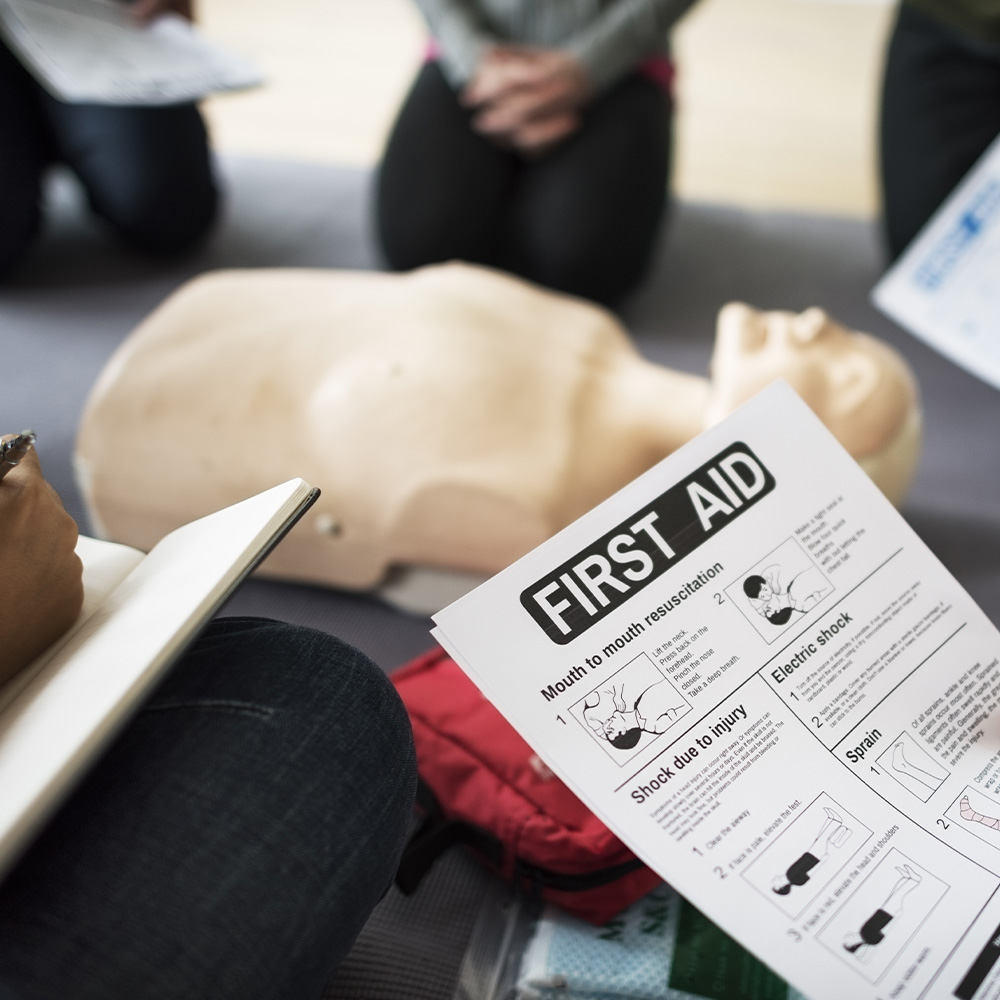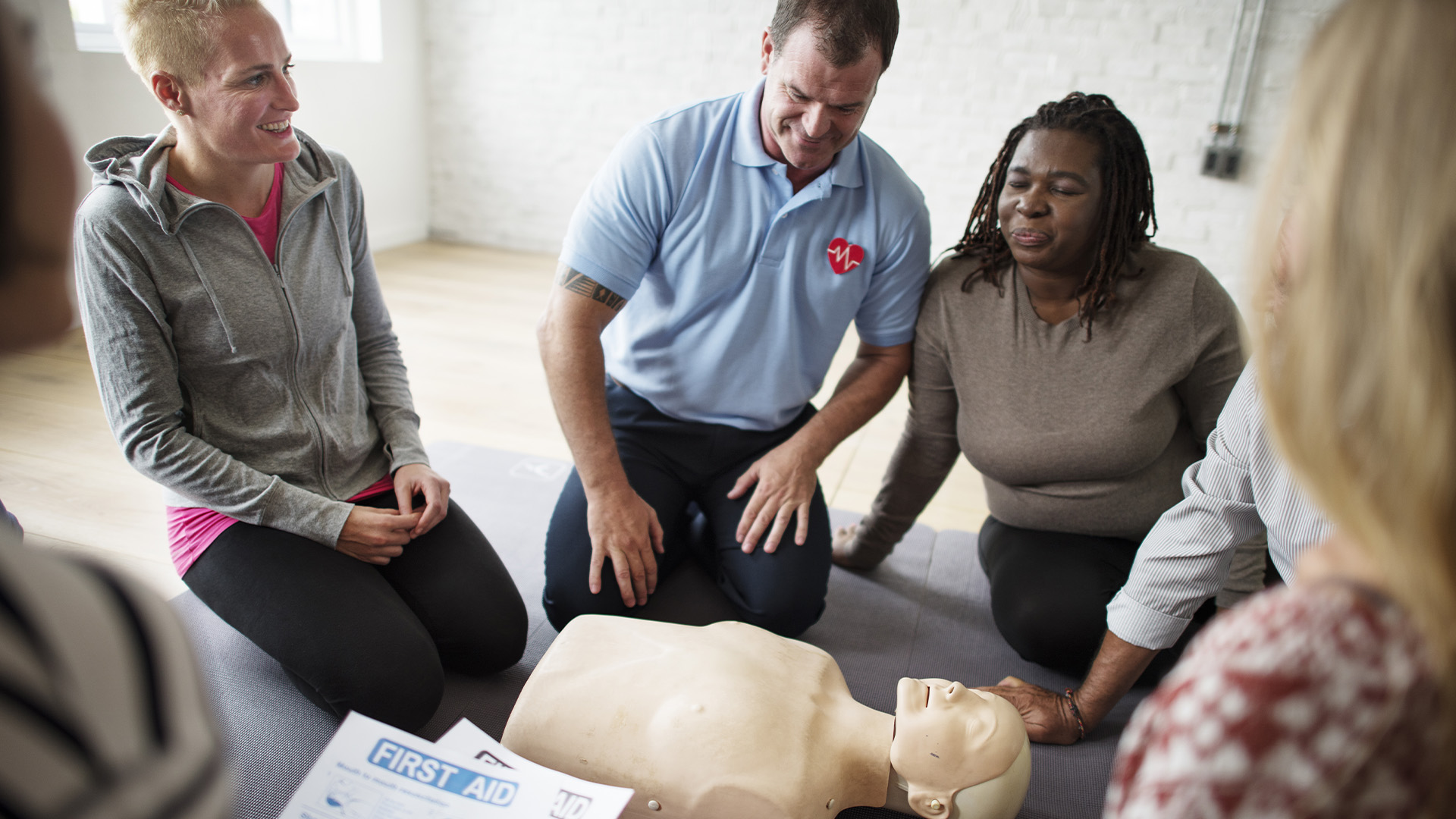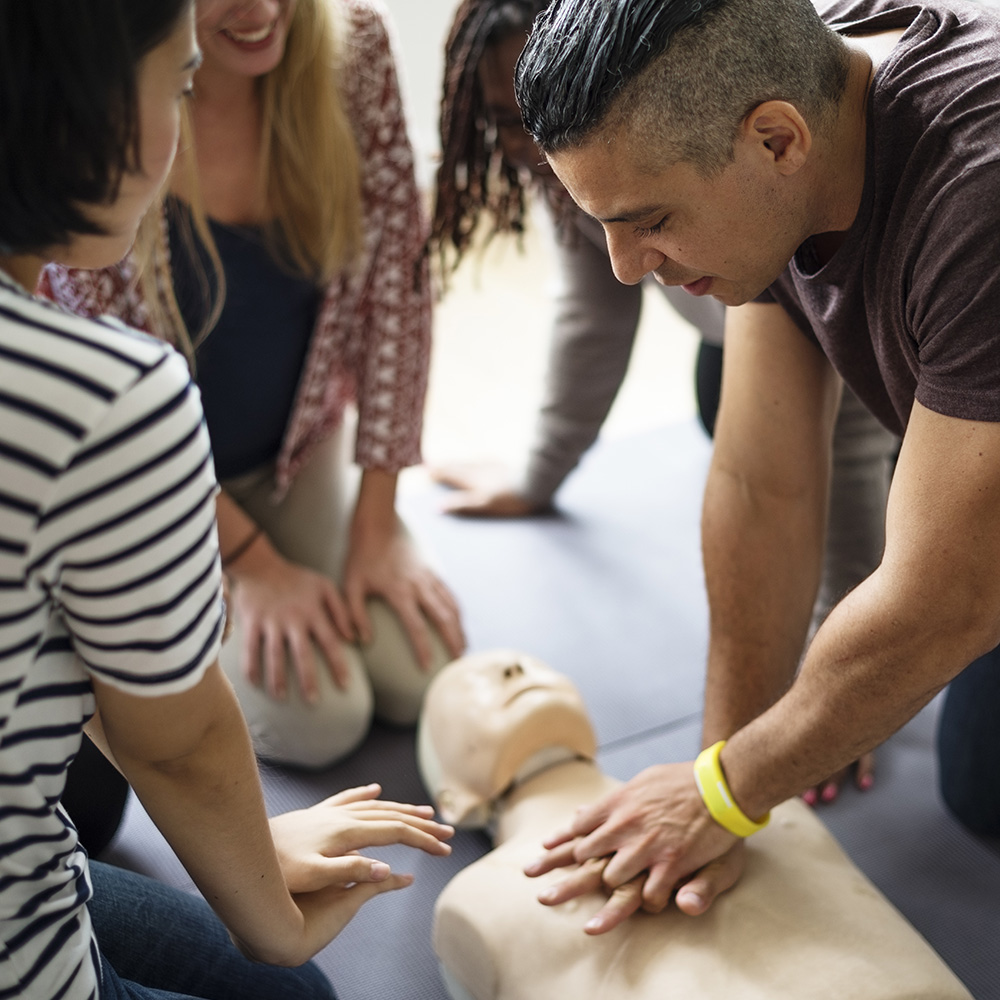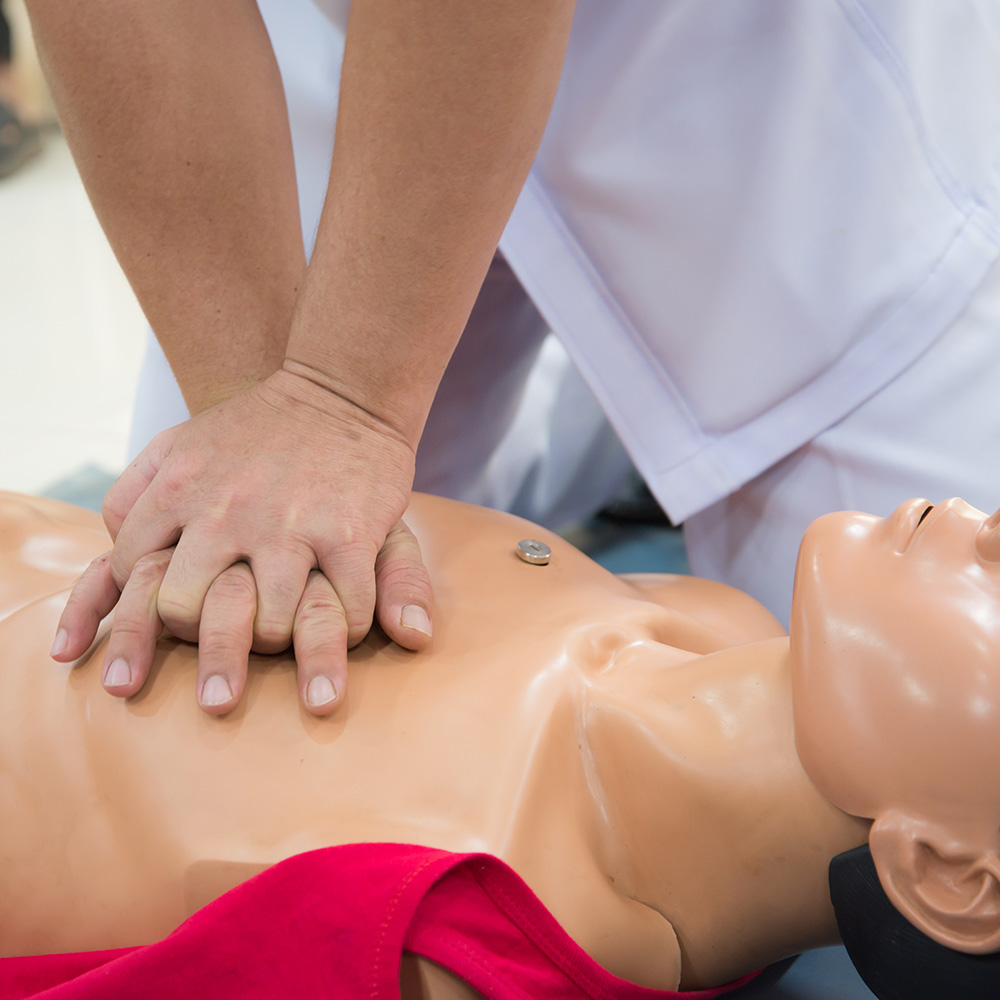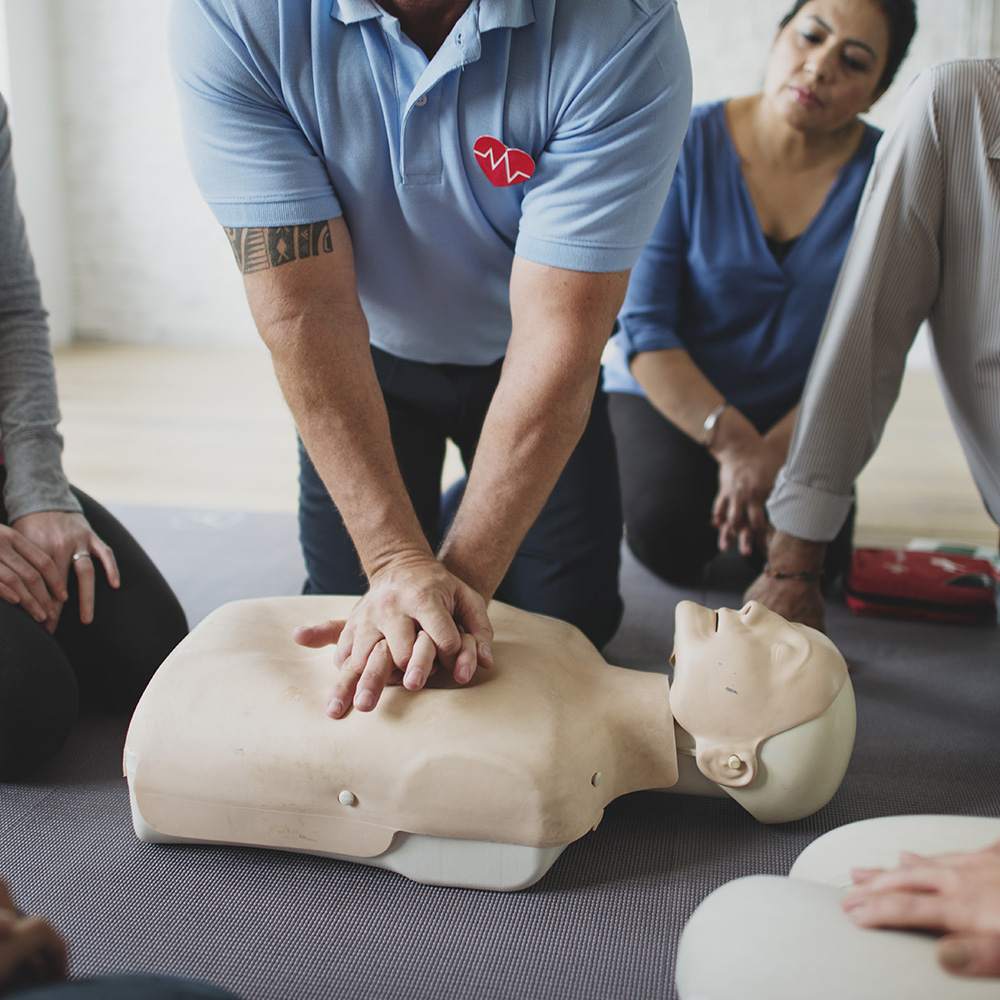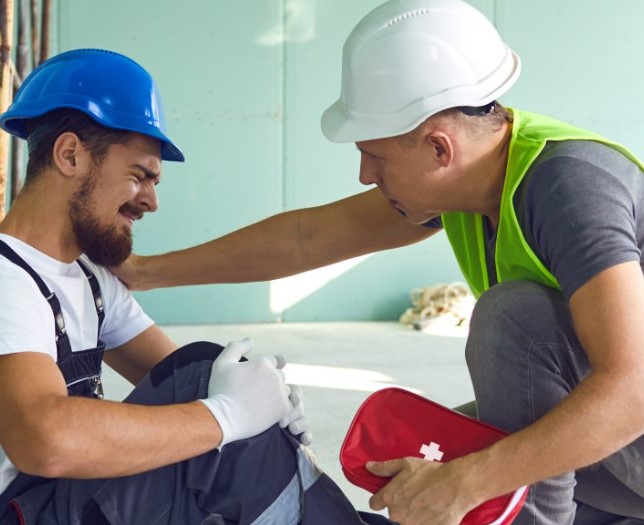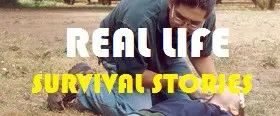Business People Give First-Hand Accounts of Life-Saving Experiences
There is nothing more satisfying than learning first-aid and CPR life saving procedures, as doing so can save another person’s life and give you an extreme sense of accomplishment. Business people today are seeing the wisdom of arranging work-site first-aid training or enrolling in an on-site CPR/first-aid training class in their community.
To truly appreciate this learning experience, it helps to hear inspiring stories – stories of professional people who have benefited from the training, who have taken part in rescue attempts themselves.
Two Rescue Stories that Will Inspire You
The following two stories are accounts that will inspire you to schedule CPR and life-saving skills in your local community.
When you read about others who have taken this initiative, it will also motivate you to do the same thing. Administering CPR and first-aid is showing your universal care and respect for human life. It’s an act, you will find, that surpasses all languages, boundaries, and backgrounds.

Travel-Lingual Founder, James Smith
James Smith is one of these special people. As the founder of the business, Travel-Lingual, he is a seasoned traveler. He is fluent in both Spanish and French and conversational in Portuguese, German, and Italian. Since 2017, his business has offered travel information and language learning online.
Here is his life-saving account:
My name is James Smith, and I’m the founder of Travel-Lingual. I’m a travel writer but always up for a story that goes off the beaten track.
My business journey has taken me all over the world, but one incident in particular sticks out in my mind. I was on a business trip in Bali and stumbled across an emergency situation where my basic first aid skills really paid off.
While on a team-building trip, one of our co-workers suddenly passed out. It was a really scary moment, and I jumped in right away. I remembered my CPR training, so I started doing chest compressions while another person called for help.
In those last few minutes before the rescue team got there, it was surreal to think that what I did could potentially change someone’s life. Thankfully, our friend made a speedy recovery, but I’ll never forget it. The memory will stay with me the rest of my life.
It was also great to see how a group of people can work together and make a big difference with just a few acts of goodness and quick thinking. It’s truly inspiring.
Being ready and having some basic first-aid skills can help when it really counts.
James Smith
Founder
https://travel-lingual.com/
Email: james@travel-lingual.com

Tech Specialist and Co-Owner and Developer at AI Product Reviews, Max Maybury
Max Maybury is another business owner who has inspired others by his rescue experience. He is a co-owner and developer at https://ai-productreviews.com/.
Here is Max’s rescue account:
My name is Max Maybury. I co-own AI Product Reviews. I’m a tech enthusiast with a soft spot for software. While my work focuses mostly on tech, I’ve also had a rescue experience where my tech skills served me well.
Fast-forward to a few years ago. I was at a tech conference. While pausing the action, I noticed a man in the crowd pass out. I thought he was going into cardiac arrest. Then, my brain went into overdrive.
Fortunately, my tech background didn’t hold me back, as it had helped me develop problem-solving skills and a calm and measured demeanor. I called for help right away, and while I waited for the paramedics to arrive, I began CPR on the unconscious man.
It was certainly stressful, but having some basic first-aid knowledge and CPR training helped me immensely.
The relationship between technology and real-world applications became clear at this critical and harrowing moment.
While I may have been a novice first responder, my tech-based problem-solving abilities, past first aid and CPR training, and calm demeanor all played a major role during those critical minutes before the rescue team arrived.
That’s why I want to emphasize the importance of basic first aid knowledge for everyone, regardless of their level of experience.
You never know when you may find yourself in an emergency where you may be able to make a difference!
My story may not sound like the stuff of Hollywood movies, but it’s a reminder that life-saving situations happen to everyone all the time. The important thing to remember is to be ready, take deep breaths yourself, stay focused, and act fast. The right skill set and quick action can make all the difference in these types of emergency situations.
Remember, it’s not about being tech-savvy or software-savvy; it’s about being a well-intentioned, well-mannered human being prepared to lend a hand when needed.
Name: Max Maybury
Position: Co-owner and Developer
Site: https://ai-productreviews.com/
Email: Max.m@ai-productreviews.com
You Too Can Learn CPR/AED and Basic Live-Saving Skills
Learning life-saving skills has made a profound impact on James Smith and Max Maybury. You too can benefit from this training.
The Benefits of Getting the Training
Let’s look at some of the key advantages:
- You can save lives. CPR can help restart someone’s breathing and heartbeat in a cardiac emergency, while first aid skills can be used to treat injuries, wounds, burns, choking, and more. Knowing how to respond in these situations can literally make the difference whether a person lives or dies.
- You’ll be prepared for emergencies. Accidents happen suddenly and without warning. By becoming CPR/AED and first aid certified, you’ll have the skills and knowledge needed to keep people safe and provide vital care during an emergency situation. This can give you peace of mind knowing you can help if needed.
- You can help more people in more situations. Beyond major emergencies like heart attacks, car accidents, drowning incidents etc. CPR and first aid training also prepares you to provide basic care for issues like cuts, sprains, allergic reactions, minor bleeding, splinters and more.
- Knowing life-saving skills makes public places safer. The more people there are with first aid and lifesaving skills in public venues like schools, offices, malls, parks, or at large events, the faster help can be administered in an emergency. Learning these skills makes the whole community safer.
- Having the certification impresses employers. Having an up-to-date certification in CPR, AED use, and first aid shows you take health and safety seriously. Many fields value or require first aid and CPR/AED credentials for hiring.
- You’ll feel empowered. When you have the confidence that comes from proper emergency response training, you’ll be ready to respond in a crisis. This leads to better and more successful outcomes.
If you’re the owner of a business or a manager, you owe it to yourself to get life-saving training. Instill more confidence in your employees by scheduling onsite CPR training for them as well.



